Samsung is building a new $17 billion factory in Taylor, Texas to produce its processors. While the company is a giant in producing memory chips, it’s currently lagging behind companies like TSMC when it comes to processors.
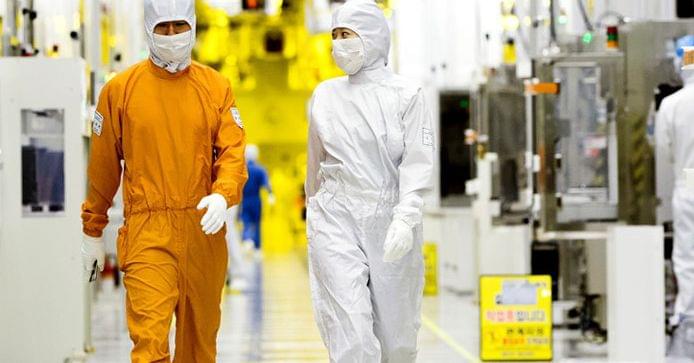


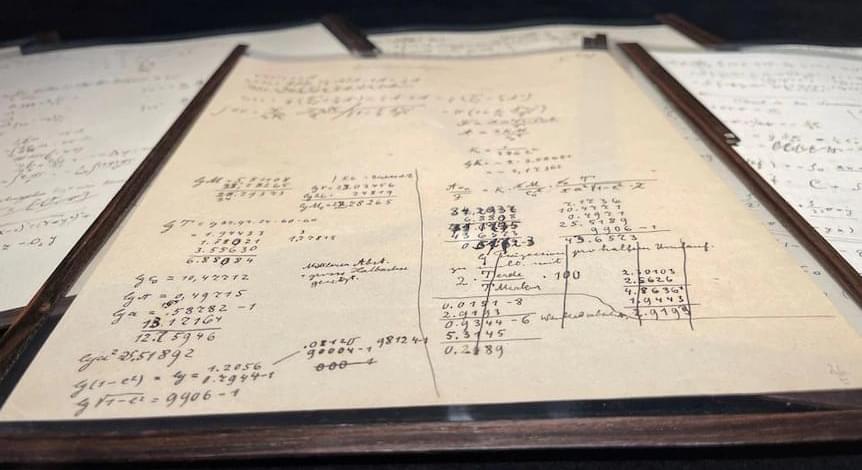
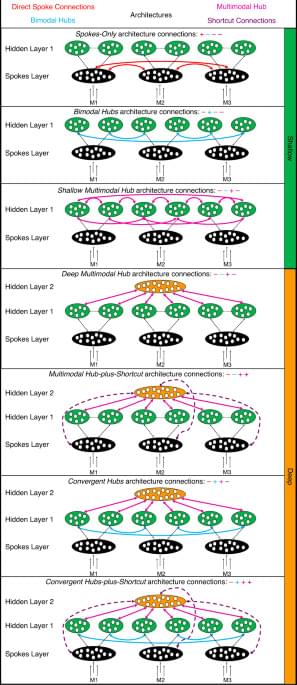
iFLY, a leading provider of indoor skydiving facilities, today launched their iFLY VR initiative which combines the company’s indoor skydiving experience with immersive visuals powered by a Gear VR headset. I got to try to experience for myself at the company’s SF Bay location.
Now available at 28 locations in the US, the iFLY VR experience is an optional $20 add-on to the usual indoor flight experience offered by the company (which starts around $70). After training and getting a feel for stable non-VR flying, customers don a purpose-built helmet which incorporates a Gear VR headset. They can choose between several different skydiving locations—like Dubai, Hawaii, or Switzerland—where iFly has recorded real skydives specifically for use in the iFly VR experience.
I went to the company’s SF Bay location to try the iFly VR experience first hand, and came away feeling like I got to experience the ultimate haptic simulation.
NASA will launch a mission to crash into an asteroid (on purpose) overnight tonight and you can watch it lift off live online.
The agency’s Double Asteroid Redirection Test (DART) mission will travel millions of miles out into the solar stem to smash into an asteroid, altering its orbit around a larger space rock to practice in the event of a rogue Earth-bound asteroid. The mission is set to lift off from Space Launch Complex-4 at Vandenberg Space Force Base in California early Wednesday, Nov. 24, at 1:20 a.m. EST (10:20 p.m. PST on Nov. 23/0620 GMT).
SpaceX, Blue Origin, Virgin Galactic, and others are launching more rockets than ever. But the environmental impact and carbon emissions are poorly understood.

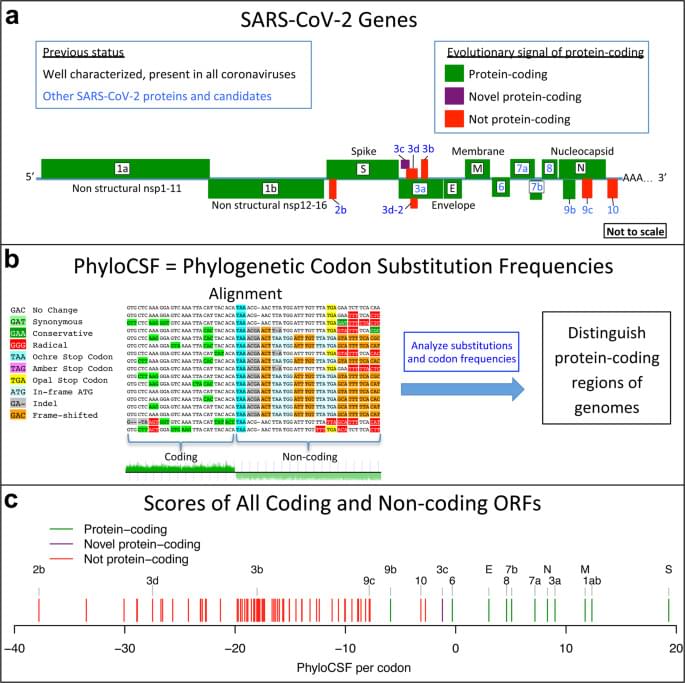
The SARS-CoV-2 gene set remains unresolved, hindering dissection of COVID-19 biology. Comparing 44 Sarbecovirus genomes provides a high-confidence protein-coding gene set. The study characterizes protein-level and nucleotide-level evolutionary constraints, and prioritizes functional mutations from the ongoing COVID-19 pandemic.
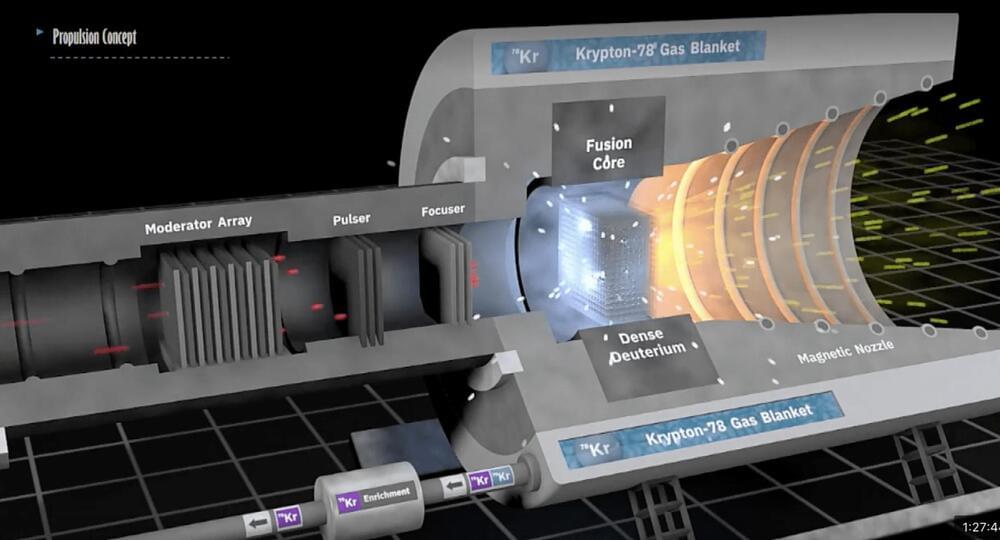
O,.o! Circa 2018
We can produce very little antimatter and what we make is very difficult to store. These have been huge obstacles that have made antimatter propulsion many trillions of times beyond technological capabilities.
Positron Dynamics and Ryan Weed get around these issues by using isotopes of Krypton or sodium which naturally produce positrons (anti-electrons). They can use tiny amounts of Krypton isotopes to generation 100 billion to many trillions of positrons. They can also breed more of Krypton 79 isotopes by exposing Krypton 78 to neutrons.
Using a NASA NIAC study they have worked out more details and produced renderings of what the systems will look like.